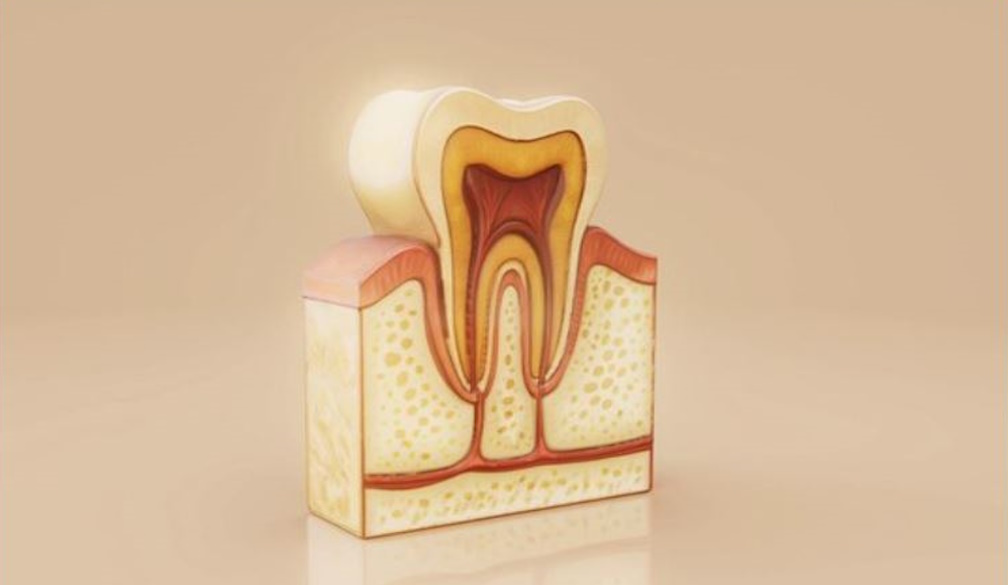We interviewed 205 Australians convicted of murder and manslaughter. Alcohol’s role was alarming
- Written by Li Eriksson, Senior Lecturer, School of Criminology and Criminal Justice, Griffith University
We’ve long known there’s a link between alcohol and violence[1], but when it comes to homicide the stories behind the statistics are harder to grasp.
Our study[2] sheds rare light on what actually happens when drinking precedes killing, because it draws not just on police or court records but on the first-hand accounts of convicted offenders.
We interviewed 205 Australian men and women across Australia aged between 15 and 65 at the time of homicide and 20 to 71 when interviewed.
Nearly half (43%) said they’d been drinking immediately before committing the act. While levels of intoxication varied, many described being heavily under the influence at the time.
One man, when asked about his alcohol consumption, stated he had drunk “shitloads” before the incident occurred, adding he intended to “write (himself) off” that night.
The study offers a disturbing but important window into the realities of alcohol-involved homicide.
What do we know about alcohol and homicide?
Most of our knowledge about homicide and alcohol comes from police reports, forensic toxicology and court proceedings. These are useful but limited. They often lack detail about how much was consumed, when and in what context.
Self-report data – what offenders themselves say about their state of mind and substance use – add depth to this picture.
While not without its flaws (memory and honesty being obvious concerns), such data helps us understand the psychological and situational dynamics of homicide better than numbers alone.
What the study found
Of the 205 homicide offenders interviewed, those who had been drinking prior to the offence shared some distinct characteristics.
Alcohol-involved homicides were more likely to occur at night, happen in public places such as pubs or parks, involve older offenders, and be committed with knives.
Interestingly, these cases weren’t necessarily the result of long-planned acts.
Rather, they had many markers of impulsivity – spontaneous, emotionally charged and often reactive violence.
Alcohol’s impact here could have played a role, as our study found drinkers and non-drinkers had similar self-control levels.
Self-control is the ability to manage impulses, emotions and actions in pursuit of long-term goals and is typically seen as a buffer against offending.
This suggests alcohol may overpower people’s behaviour even if they boast moderate impulse control.
Why chronic alcohol problems matter
The strongest predictor of alcohol-involved homicide wasn’t age, gender, or criminal history. It was whether the offender had ongoing problems with alcohol misuse.
This points to the deeply entrenched nature of alcohol dependence and its capacity to fuel extreme violence. It also has clear implications for prevention.
Tackling long-term alcohol abuse isn’t just a health issue – it’s a public safety issue.
The data suggest that had some of these people received support or intervention earlier, lives may have been saved.
More than a disinhibitor?
We often think of alcohol as a “disinhibitor[3]” – something that lowers self-control and makes people do things they wouldn’t otherwise do.
That’s true to an extent but this study highlights the story is more complex.
Many of these homicides didn’t happen because someone simply “lost control”, they happened in a context shaped by years of alcohol misuse, patterns of violence and social disadvantage.
In some cases, alcohol didn’t cause the violence, it gave it an opportunity.
What can we do?
Understanding the characteristics of alcohol-involved homicide can help shape more effective crime prevention strategies.
Some takeaways include:
Early intervention: addressing problem drinking[4] before it escalates into chronic misuse is critical. This includes better screening, treatment programs and community-based support services.
Night-time and public place policing: since these homicides are more likely to happen in public at night, there may be a role for targeted interventions in high-risk locations—especially around bars, clubs and events where alcohol flows freely.
Knife crime prevention: the strong association with knife use suggests we also need to examine how accessible knives are in public settings and educate people about the risks of carrying them.
Looking to the future
This research doesn’t offer easy solutions but it does reinforce a vital truth: preventing homicide isn’t just about catching violent people, it’s about understanding the conditions that make violence more likely.
By listening to those who’ve committed the ultimate crime, we might just learn how to help better prevent it from happening in the first place.
Anna Hartley, science communicator at Griffith University, contributed to this article.
References
- ^ link between alcohol and violence (pmc.ncbi.nlm.nih.gov)
- ^ Our study (www.tandfonline.com)
- ^ disinhibitor (pubmed.ncbi.nlm.nih.gov)
- ^ problem drinking (patient.info)













